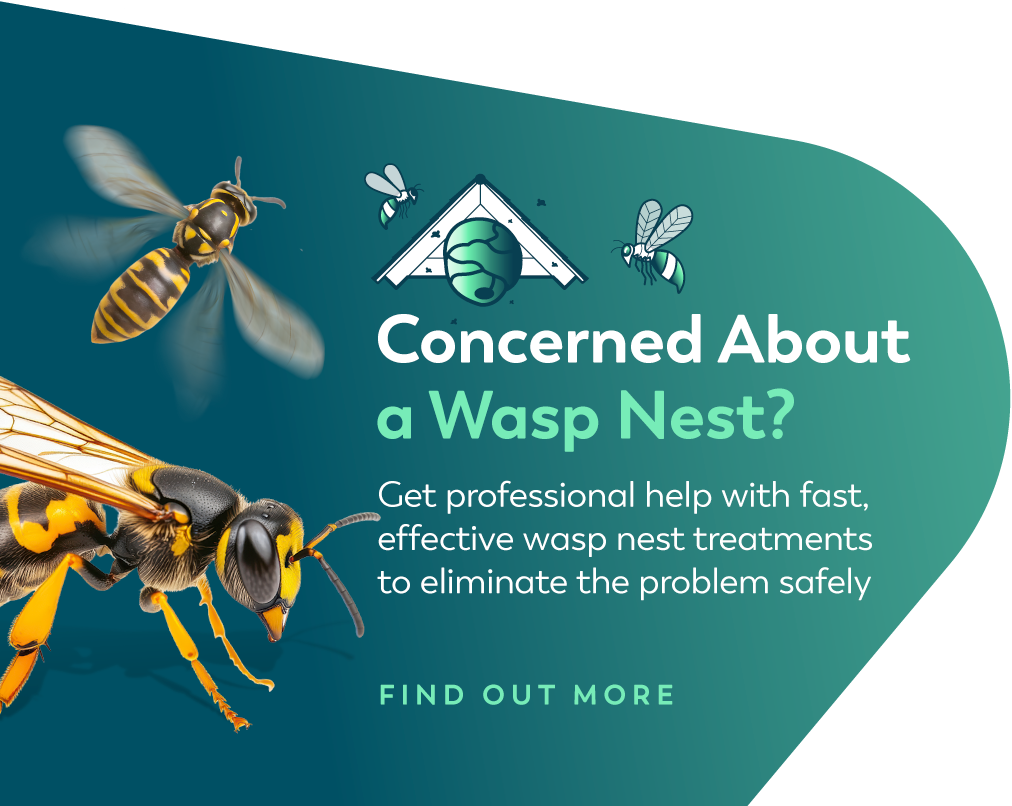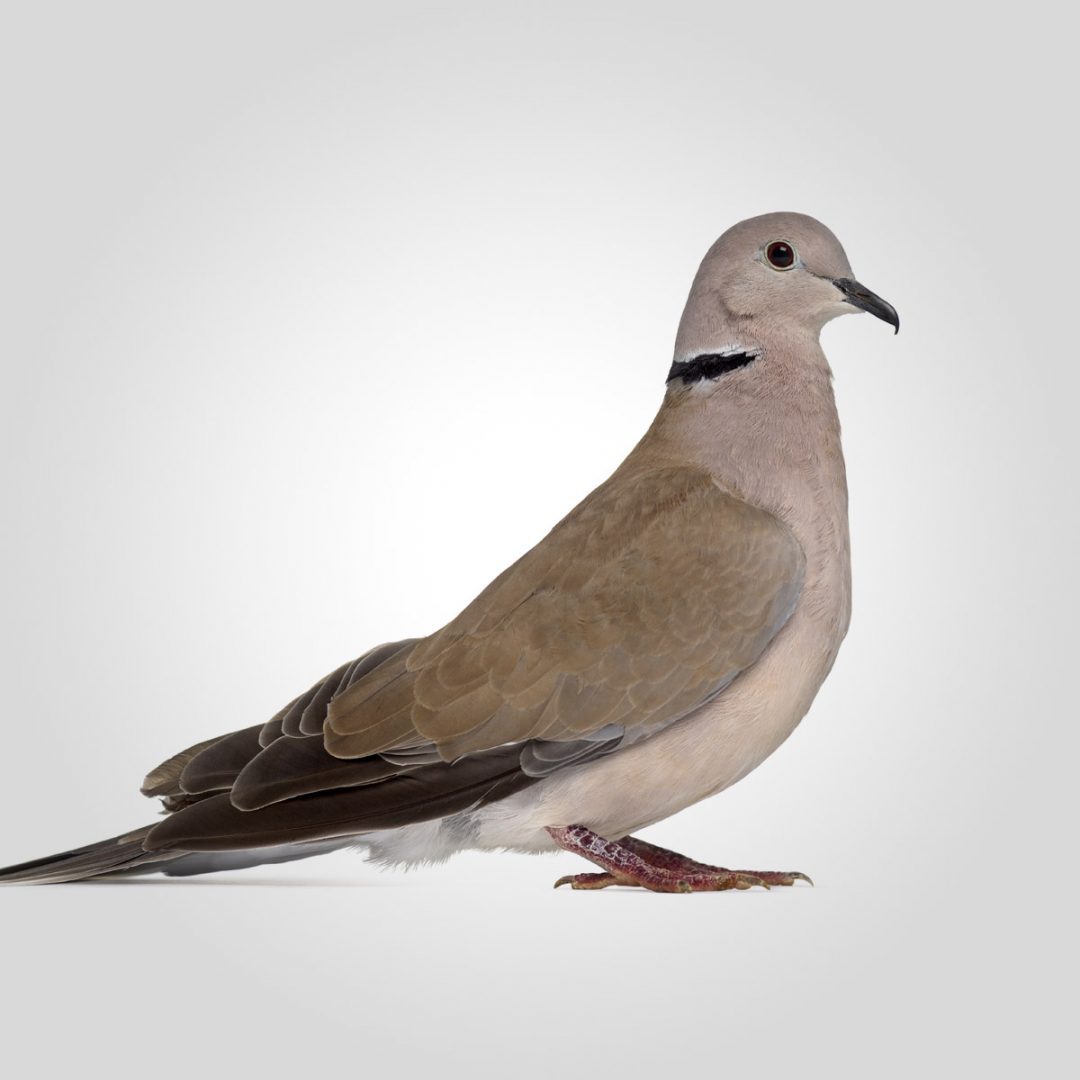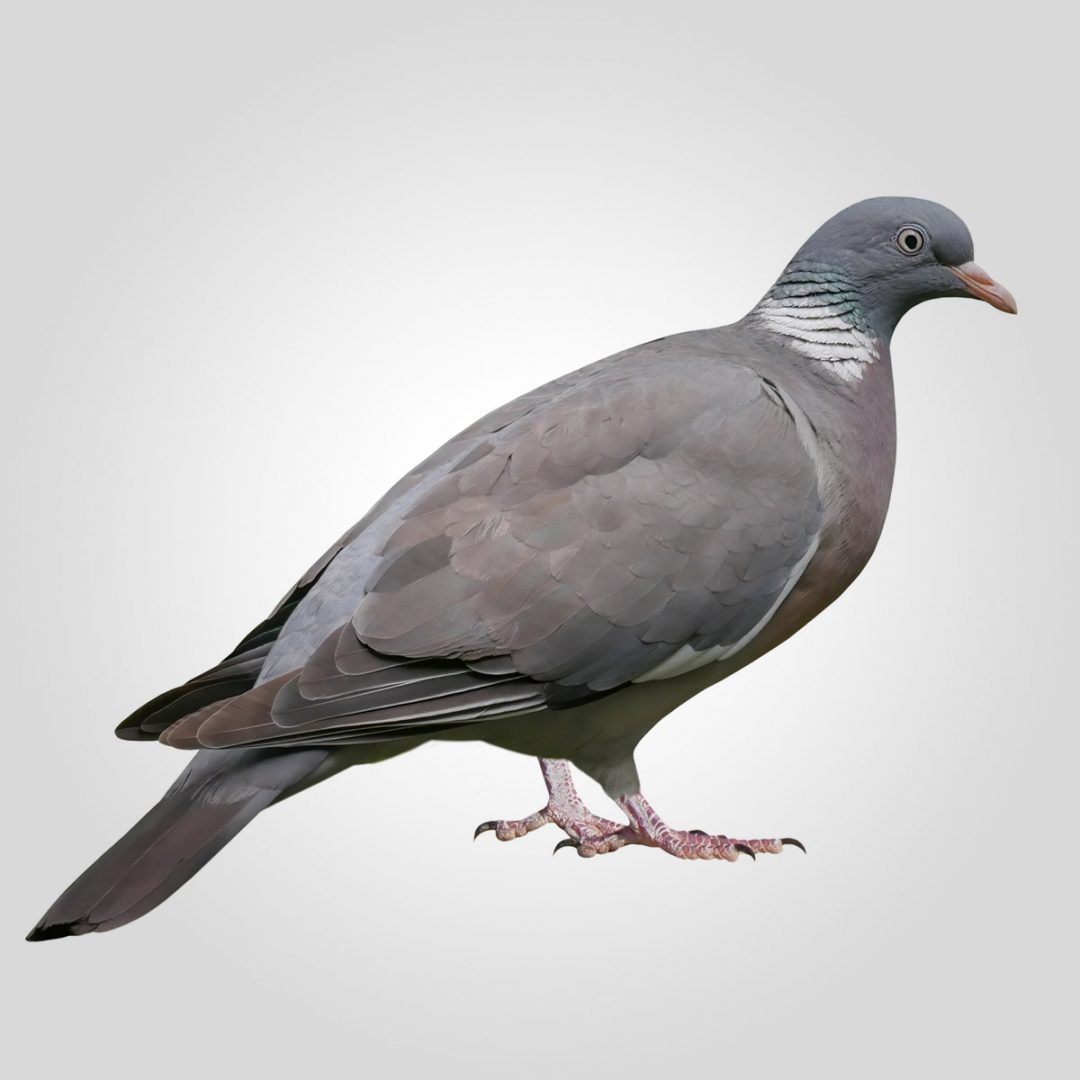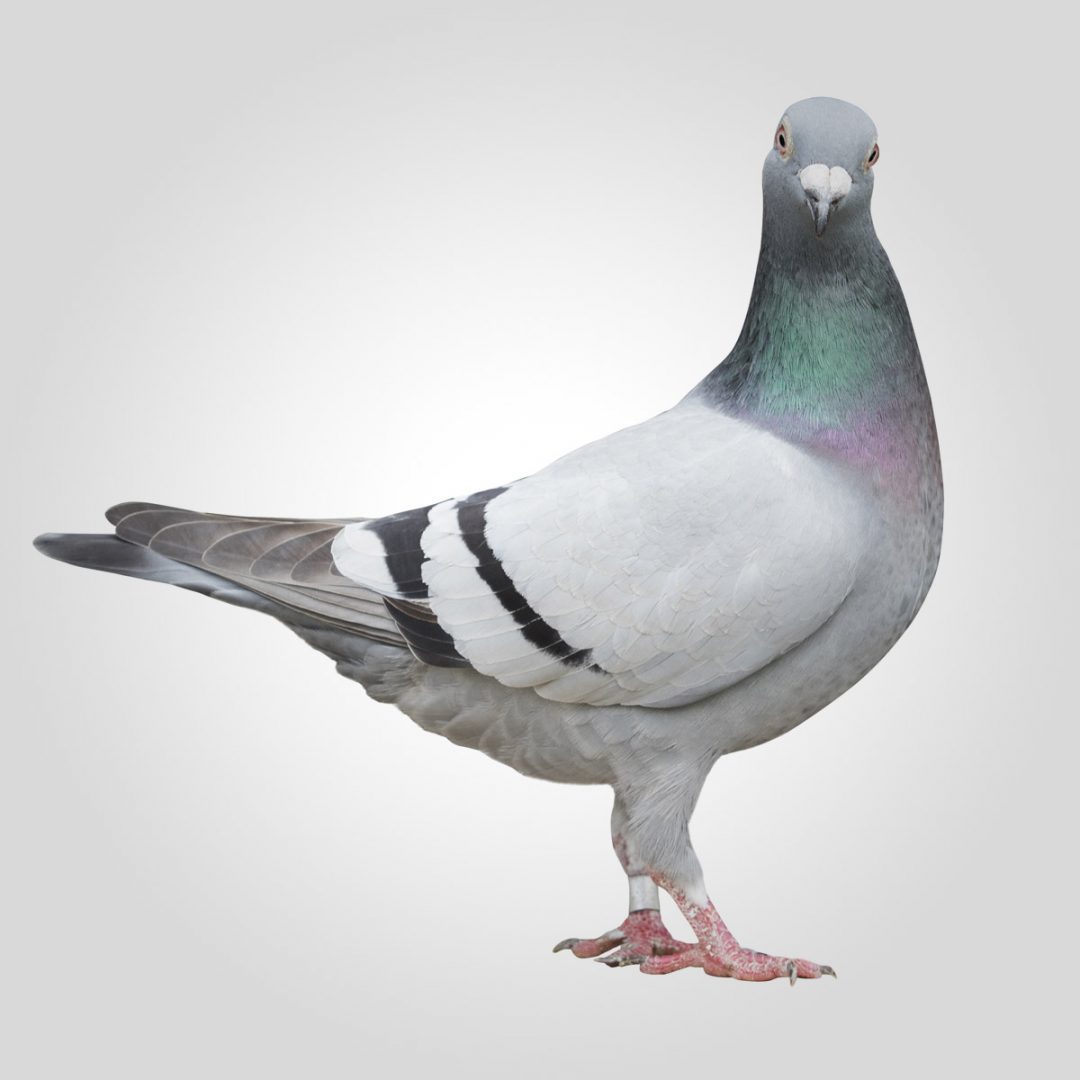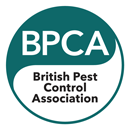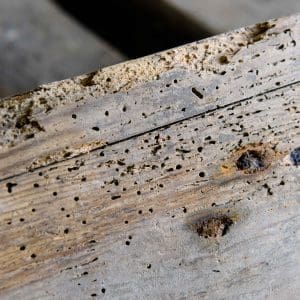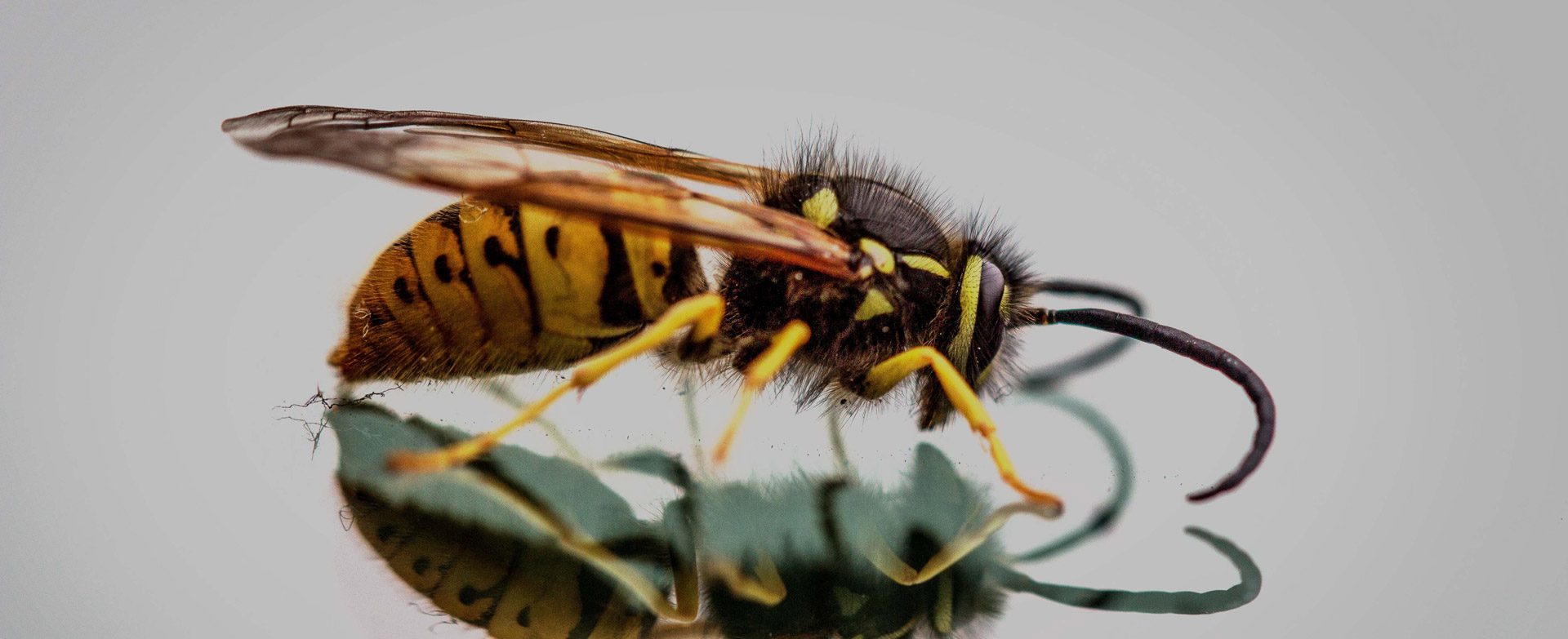Vergo Pest Management Ltd has over 45 years industry experience, offering both commercial and residential customers fast and effective pest control services banishing public health pests.
Collared Dove
The Collared Dove (also called the Ring-Necked Dove) is not a native species to the UK. However after being introduced in 1953 from Europe, it is an extremely successful species.
They are now a common visitor to gardens across the UK, with numbers rising dramatically over the last 44 years. Smaller than the Feral Pigeon, measuring 21-33 cm, they can be identified by a narrow black band around the rear of the neck and dark wing tips on the primary flight feathers.
